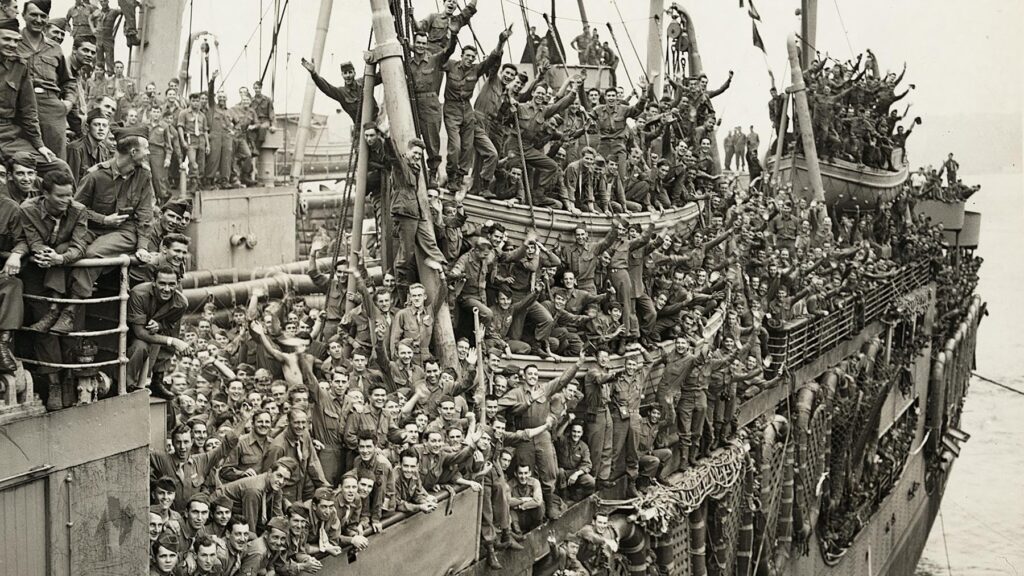The rise of commercial art really changed the complexion of the Art Academy. Spurred by the many Cincinnati companies utilizing advertising and graphic design, including Procter & Gamble, Rookwood Pottery, Gibson Greetings, and Strobridge Lithography, the Academy became a breeding ground for artists working in the more practical arts. The Art Academy had come full circle. Much like the industrial design movement during the school’s early days, art could help industries by making products more attractive; but rather than decorative arts, design, and graphic arts were employed in
advertising. The Academy offered more design courses such as graphic design, illustration, photography, and even fashion drawing and scenery design for television. The Academy catalogs in the1930s noted, “We have only to notice our textiles … our automobiles, lighting fixtures, architecture, metal grills, glassware, china, carpets, rugs, advertisements, posters, cards, and all sorts of printed matter to realize the vast field covered by industrial design.”
In 1944, the Art Academy was one of 22 design schools represented as a charter member of what became the National Association of Schools of Art and Design (NASAD), which was focused on design education programs.










